Learn from Employee Handbook
How to manage employees
One of the difficult tasks in running a beauty supply business might be dealing with employees. It’s even worse when you have a labor shortage on the other hand. They complain about the “no cell phone” policy. Should you allow cell phone use? An employee is always late at work. What can be done about them? What if an employee misses work without prior notice. Should you implement a dress code? How do you terminate employment properly? There are a myriad of issues that arise out of part-time and full-time employment. Now is the time to have a clear standard and reasoning when dealing with employees. We looked at retailers in other sectors to learn their know-hows.
1. Secrets of large retailers can be found in a handbook!
From a few to more than a hundred, beauty supply retail stores employ a varying number of workers. Large employers and small employers have their own difficulties to deal with. How do large retailers who employ tens of thousands of workers manage their staff? It’s a very interesting question. We first picked out a few large retailers that have the most volume and reputation in each sector.
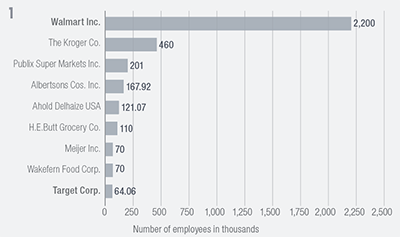
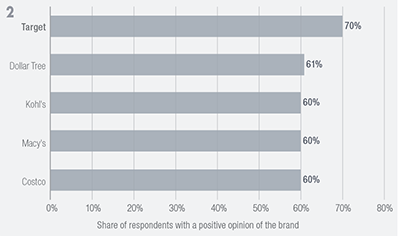
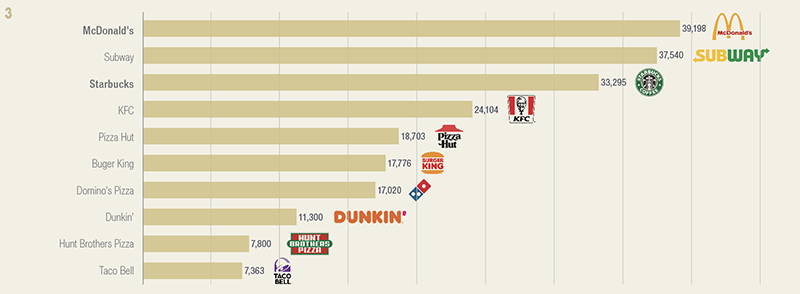
The first graph is about the total number of employees of the largest grocery chains in America. The numbers are based on research conducted in 2019 before the pandemic, so it has changed since. Despite the labor shortage of the first half of this year, Walmart has added 50,000 employees. The total number of its global employees, including the U.S., is approximately 2.3 million.
The second graph shows Statista’s research on the first half of this year about the consumer preference for retailers. Target led the pack followed by Dollar Tree and Kohl’s. Especially, Target was ranked at Fortune’s top 10 for best workplace for millennials. It means that it has a higher employee satisfaction rating and is managed well.
What about restaurants? The third graph shows the ranking of restaurant chains based on the number of restaurants across the world. Presumably, the chain with more restaurants has more employees, probably in proportion, and with higher turnover rates than other sectors, restaurants should face tough human resource (“HR”) issues. For example, there are more than 1.7 million McDonald’s crews, and teaching each and everyone of them through apprenticeship would be impossible.
Hence, most companies have an Employee Handbook or Code of Conduct to set the ground rules for managing employees.

We have researched employee handbooks of Walmart, Target, and McDonald’s, each leading in their sectors. The required sections can be summarized as follows. The brief analysis of just a few terms illustrated the differences and similarities well.
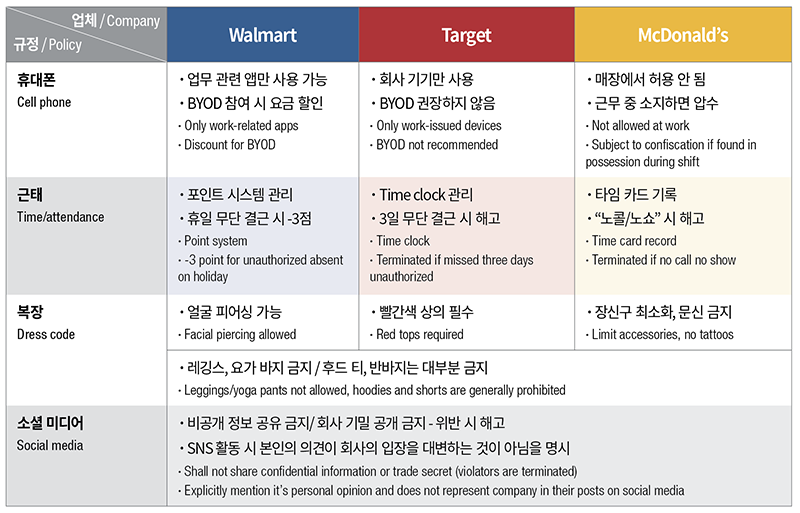
*BYOD(Bring your own device): employees bring their personal device for work use
The detailed description of each policy can be found below. For Walmart, it does not disclose its employee handbook on its public website. You can look up the contents of each section from relevant websites and homepage. Also you can find some interesting policies of the popular retailer Starbucks. Let’s see if there is any clause that you can adopt for your store policy.
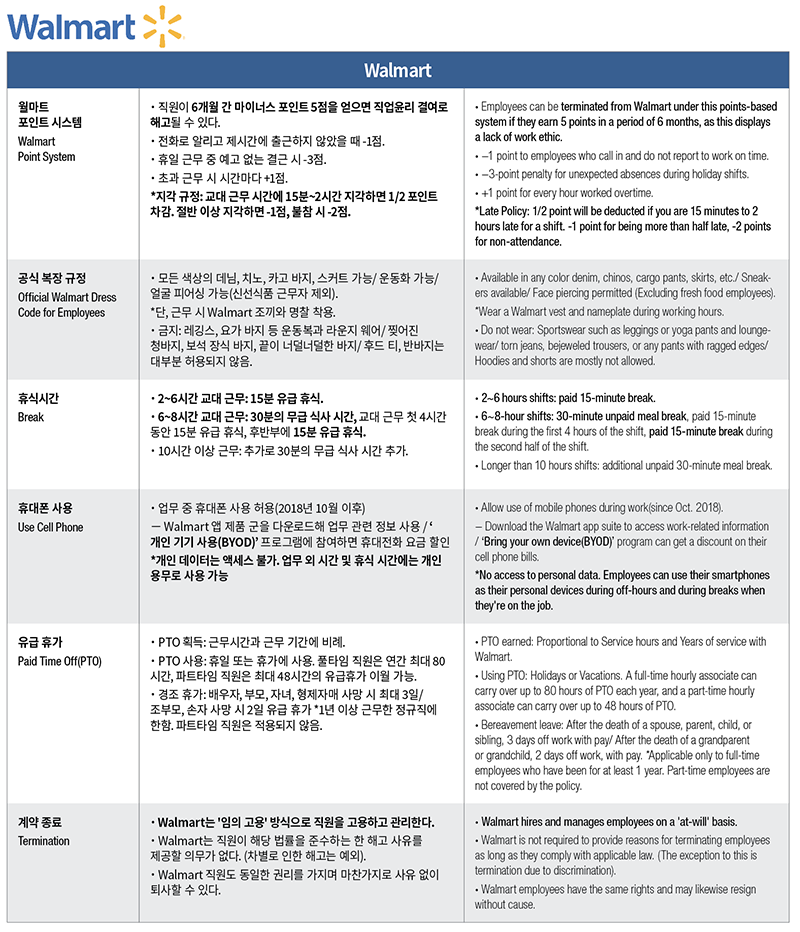
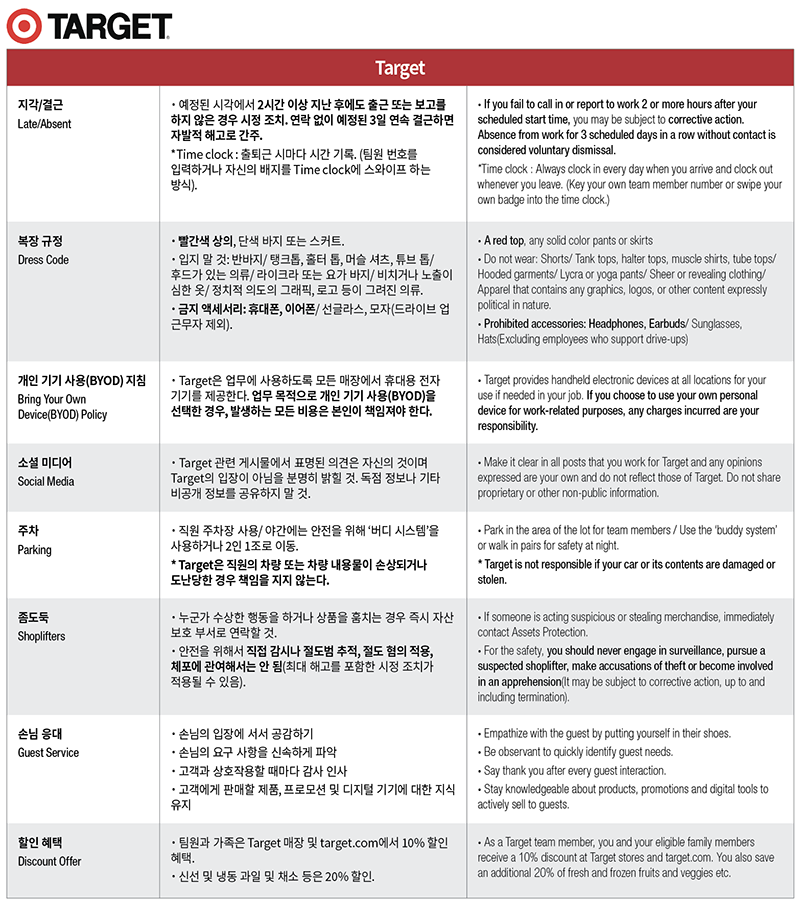
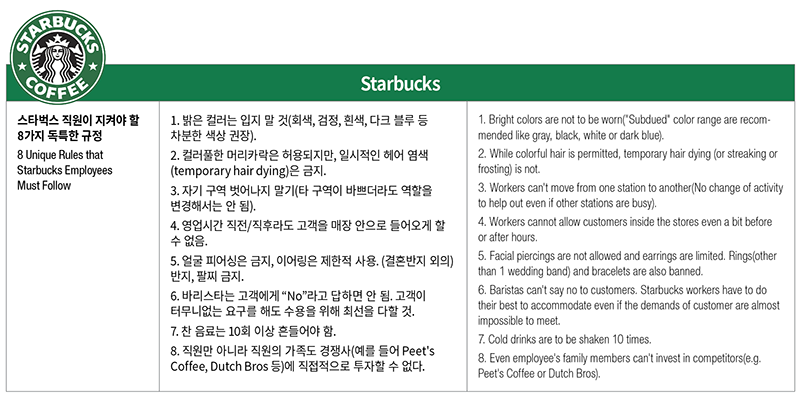
2. HR in beauty supply–have a well written employment contract
Retiring from the company after 40 years of tenure is a thing of the past. Nobody’s that loyal to their employer anymore. ‘This is pretty good. Where would you find a better workplace?’ vs. ‘No matter where I go it will be better than here. I’ll make my move soon!’ When the employer and the employee have very different ideas about the work condition, the relationship has only a downward path unless you have a clear and transparent policy. In this case, having an employee handbook or a code of conduct can provide a clear cut rule for HR issues and protect employer’s rights when a dispute arises.
Some of the essential clauses in an employee handbook are as follows:

However, having these written up can be difficult for many beauty supply retail stores. Most of them do not have the size to justify having a handbook for educational purposes. Also, if the handbook does not properly reflect your workplace or have legally problematic clauses, it can cause more harm than good.
If this is your case, you can replace or supplement it with an Employment Contract. An employment contract is a necessary document to protect both the employer and employees, so most retail businesses have it regardless of their size. In addition to the basic terms and conditions such as wage and work hours, you should clearly write about the employment relationship in detail to provide legal basis for possible issues or disputes. You can also utilize some of the HR policies above listed. For example, if an employee is very sensitive to the no cell phone policy, you can back your rule with the fact that all large retailers prohibit the personal use of cell phones during shifts. If you want to have a clear rule about absenteeism and lateness, you can reference those point systems and warning systems based on the number of violations.
There could be terms and conditions that only apply to the beauty supply retail stores. In real life, we found a moderate-sized retail store that has been using a practical employment contract that is tailored to the beauty supply retail business and staff’s responsibilities. Although bigger retail stores might want to have more complex and comprehensive contracts, it could be used as a great template for smaller stores or stores that only want it for formality.
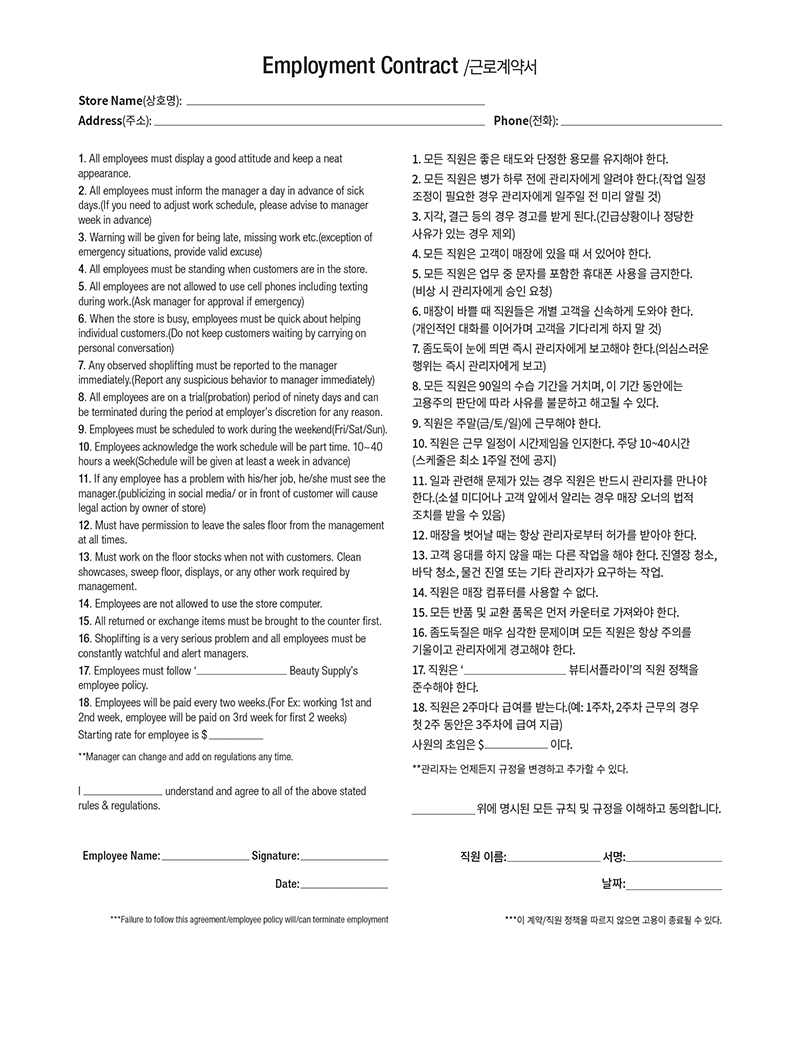
There are business owners who prefer having “the trust between the employer and employees” to executing a written employment agreement. However, we often hear from our readers about their terrible experiences related to trusting an employee. In the case of an employee who stole another employee’s belongings and fired, accusing it as wrongful termination and spreading the falsified story on social media. There was a reported incident where an employee claimed worker’s compensation based on an injury that happened somewhere else and even brought a personal injury claim and lawsuit against the employer. In another, a resigned employee reportedly brought an employment lawsuit in a great amount based on a claim of not providing sufficient break time.
In America, virtually all employment is at-will employment. That means if an employer wants to fire an employee, they can without cause at any time, and similarly an employee can quit anytime at their will. This mutually unstable relationship requires clear terms and conditions that can generate a bond between the employer and the employee. Just like many couples write their wedding vows in anticipation of their future.